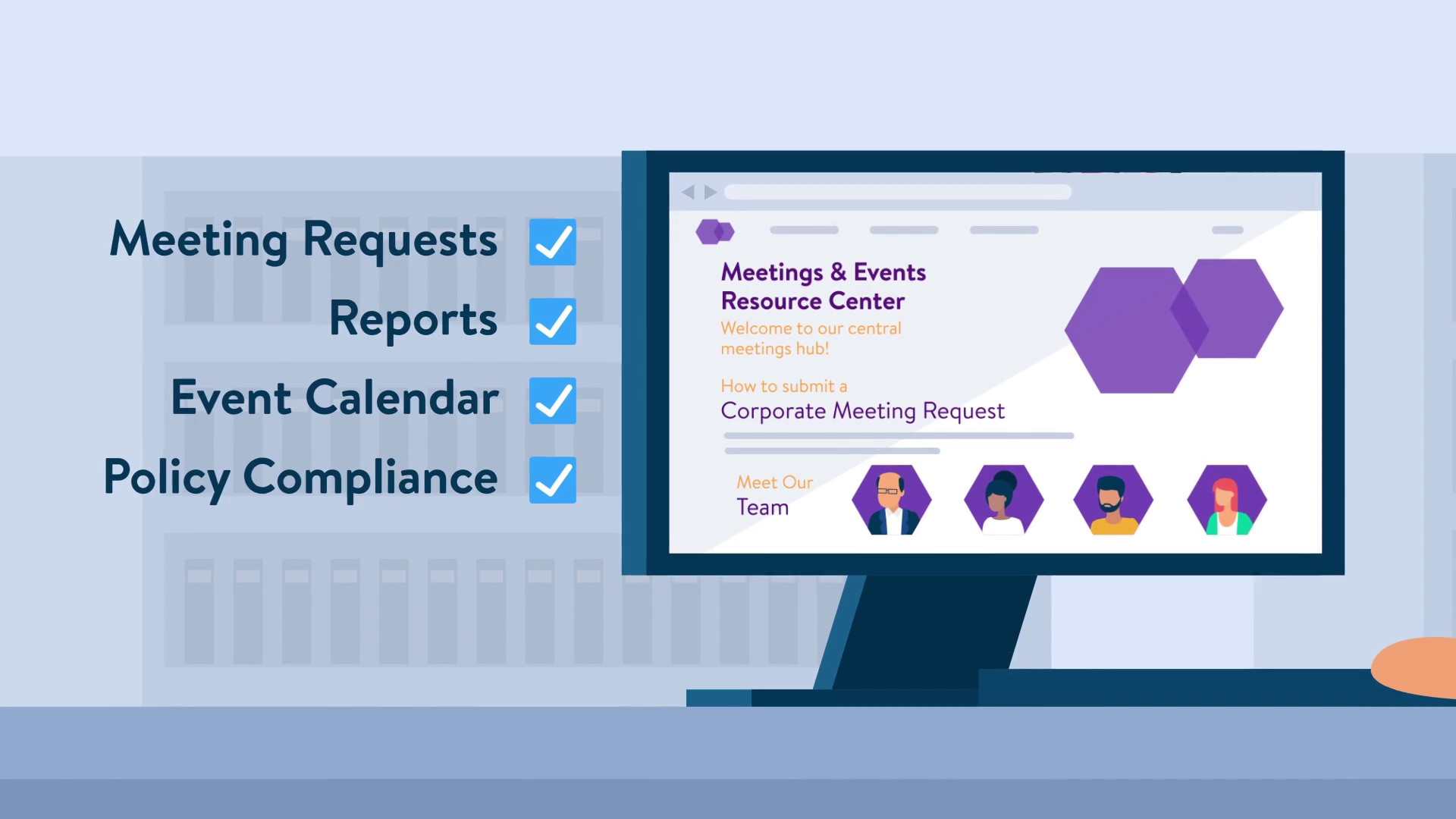Global Forum For Indurstrial Devlopment is SPONSORED BY ICO INDIA
- MP Society Registration (Act. 1973 No. 44) 03/27/01/21857/19 (MSME Forum Established Since-2009)

After a meeting, it's important for employees to be reminded of what was discussed so they can remember significant action items or announcements. Sending a meeting recap can summarize discussions and important details for attendees or employees who were unable to attend a meeting. The recap should contain information that is valuable and simple for readers to understand.
In this article, we discuss what a meeting recap is, how to send a meeting recap and provide an example and template to help you write your own that will remind and inspire employees or clients.
A meeting recap is a message, often in email format, that is sent to employees or clients after a meeting. The meeting recap gives a basic overview of the meeting and reminds recipients of what action items need to be completed, deadlines for assigned projects and any other important information that was covered.
Meeting recaps are often sent to help attendees remember important details and are available for them to reference later on. These recaps can also benefit any employees or clients who were unable to attend the meeting and need updates on important details that were missed.
A meeting recap should be correctly typed in an email and sent to the correct audience. Follow the steps below to learn how to properly send a meeting recap to employees or clients.
Take notes during the meeting.
Decide who should receive the email.
Thank everyone for their time.
List what was discussed in the meeting.
Highlight action items or next steps.
Attach supporting documents, if necessary.
Include a reminder of the next meeting date.
Proofread and send to recipients.
As you attend the meeting, try to take notes of only important events happening in the meeting. These can be instances like tasks assigned to specific employees or clients, any votes that were passed or announcements that were made. If important changes were implemented that may affect the department or company, be sure to list it in the meeting notes for employees to reference and note.
Once the meeting has adjourned, you should immediately begin typing up your notes so you can remember to include all the important details discussed. When deciding who to send it to, you should address it to all meeting attendees and other employees or clients who were invited but unable to attend. If you are unfamiliar with all the people attending the meeting, it's often helpful to pass around an attendance sheet with contact information included to gather email addresses from attendees.
If an attendance sheet wasn't distributed, you can contact the person who sent the meeting invite or ask your supervisor who they believe should receive a meeting recap. This helps ensure you're sending the recap to all recipients who would benefit from the information in the meeting.
When you write the recap, thank the attendees for taking time out of their day to attend the meeting. If any employees or clients provided presentations or reports, you can thank them for presenting this information. You can also express your excitement for the action items that were discussed and any accomplished goals. This helps your email start on a positive note and sets an enthusiastic tone for your message.
The first few sentences of the email's body should highlight important discussions covered in the meeting. This can include discussions that established a goal, plan for the future or motions that were passed. Try to only include brief overviews of discussions and information relevant to the meeting and its attendees.
The second half of your body paragraph should include important action items that were established. This often includes new projects or tasks assigned to employees or the next steps for a strategy or plan. When you highlight these action items, be sure to include the deadlines given by supervisors in the meeting.
You can list these action items in their own separate bullet points and highlight the name of the person assigned to the task. It may also be beneficial to highlight the due date for the employee to easily locate and reference.
If there were any additional documents attendees gave you or supervisors instructed you to include, you can attach them to your email. It can be beneficial for employees to receive any project instructions or guidelines if they were assigned a complex project during the meeting. You can also attach a separate document that lists the strategy or plan discussed in the meeting with the established steps for employees to follow to complete the assignment.
At the end of the email, write when the date of the next meeting is, if it was established. This helps employees remember to add this date to their calendars when reading the email. If a date wasn't discussed in the meeting, you can list the date as "to be determined" or request a meeting date from your supervisor or meeting leader.
Once you have written your email, you can add your signature. Proofread the email for any spelling, grammatical or clarity issues. Make sure your email is brief and only includes relevant information. Once you have proofread the document, you can send it to your supervisor or meeting leader for approval. After receiving approval, you can send the document to the necessary recipients.